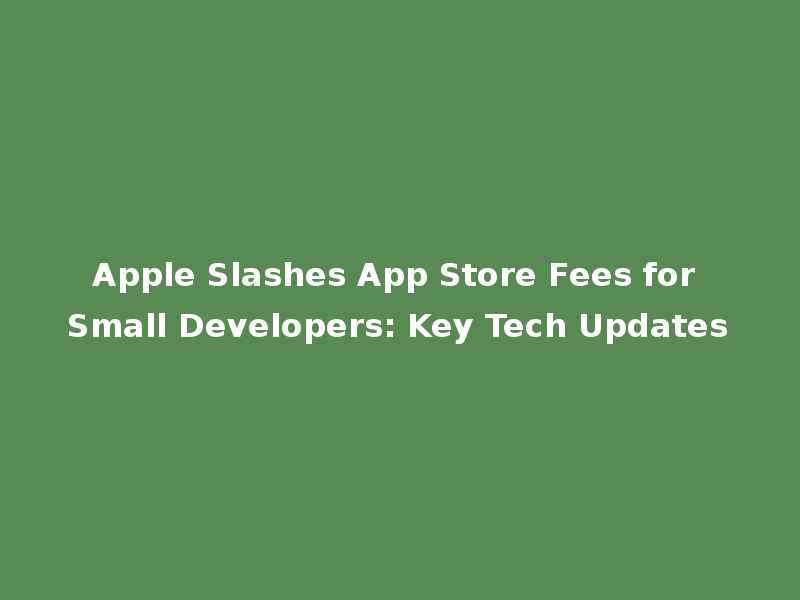GM Reenters Auto Insurance Market with Data-Driven OnStar Insurance
General Motors is making a strategic return to the insurance industry after a 12-year hiatus—this time with a tech-forward approach leveraging its vast connected-car data resources. The new OnStar Insurance service marks GM’s modern foray into bundled auto, home, and renters’ insurance, signaling a major shift toward data-centric mobility solutions.
The OnStar Insurance Advantage
- Pilot Launch: Rolling out initially for GM employees in Arizona through OnStar Insurance Services (GM’s exclusive agency)
- National Expansion: Planned public availability across the U.S. by late 2022, including non-GM vehicle owners
- Data-Powered Pricing: Utilizes driving behavior insights from OnStar’s 16M+ U.S. subscribers to potentially lower premiums
- Multi-Policy Bundles: Combines auto coverage with home/renters insurance via underwriting partner Homesite Insurance Group (American Family affiliate)
Why Driver Data Matters
GM’s connected vehicles have generated 121+ million GB of data since introducing 4G LTE in 2014. This telematics goldmine—including real-time driving patterns, vehicle diagnostics, and safety feature usage—positions GM uniquely to:
- Reward safe drivers with competitive rates
- Increase pricing transparency for consumers
- Reduce total cost of vehicle ownership
“We’re empowering customers to directly influence their insurance costs through driving behavior,” explains Russell Page, GM’s Head of Business Intelligence. “This is just phase one of our iterative development process for data-driven insurance products.”
The Connected-Car Insurance Race
GM isn’t alone in recognizing vehicle data’s insurance potential:
- Tesla Insurance (2019 launch) promises 20-30% lower rates
- Rivian has signaled insurance ambitions through recent hiring
- Third-party apps/dongles already use OBD-II data for premium discounts
However, GM’s 26-year OnStar legacy (launched 1996) and proprietary vehicle knowledge could provide unmatched insights for personalized pricing.
Historical Context & Future Outlook
While GM operated an insurance arm from 1925-2008, today’s reentry reflects:
- The explosive growth of usage-based insurance (UBI)
- Consumer demand for fairer, behavior-based pricing
- Automakers’ strategic shift toward recurring revenue streams
As connected vehicles become the norm, expect more manufacturers to follow GM’s lead in transforming driving data into financial benefits for consumers.












